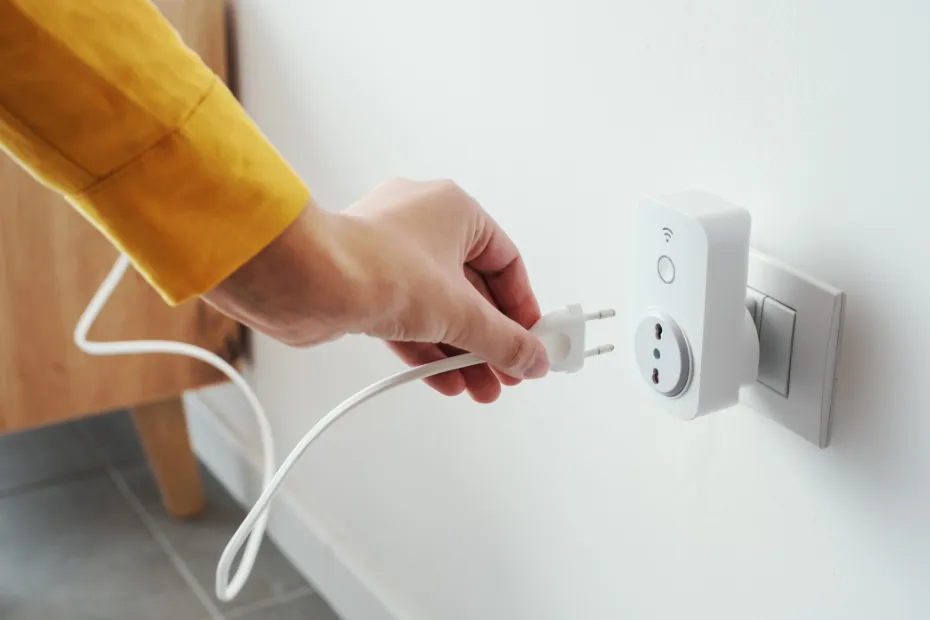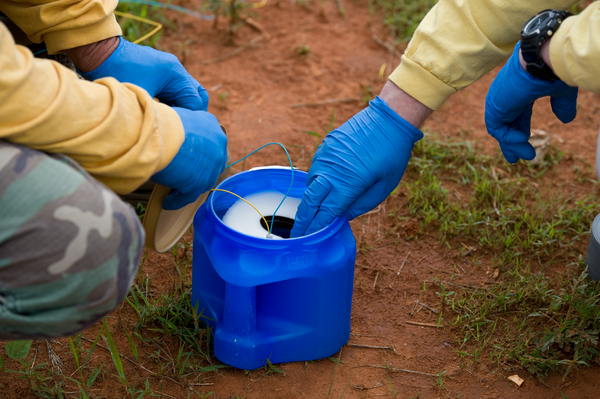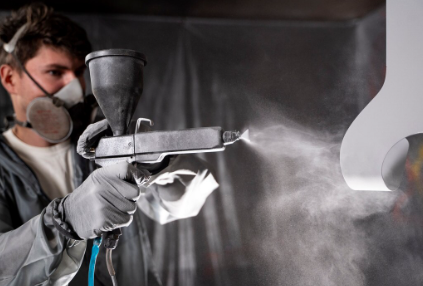Making your home more energy efficient not only lowers your monthly bills but also creates a more comfortable living space. Many people are looking for simple and effective ways to save energy without having to completely change their lifestyle. Small changes, along with some smart upgrades, can make a big difference.
The good thing is that energy efficiency helps both your home and the environment at the same time. By being mindful of how energy is used, you can enjoy a home that stays comfortable all year while reducing waste.
Upgrade Your Insulation
One of the most important steps to make your home energy efficient is to check and improve insulation. Poor insulation allows heat to escape in the winter and cool air to leak out in the summer. This means your heating and cooling systems have to work harder, using more energy than necessary.
Adding insulation to walls, attics, and floors creates a barrier that keeps the temperature stable inside the house. When your insulation works well, you do not need to run your heater or air conditioner as often.
Consider New AC Installation
An old air conditioning system often uses more power than modern units. If your AC is more than ten years old, it may not be running as efficiently as it should. Newer models are designed with advanced technology that keeps your home cool while using less energy.
Considering a new AC installation can be a smart move if your current unit struggles to keep up with your needs. Replacing an outdated air conditioner also improves indoor comfort because it can cool rooms more evenly.
Improve Your Windows
Windows play a big role in how much energy your home uses. Older windows often allow drafts, which means heat escapes in winter and warm air enters in summer. This makes it harder for your heating and cooling systems to keep your home comfortable.
Upgrading to energy-efficient windows reduces these drafts and helps maintain a steady indoor temperature. Sealing gaps, installing weatherstrips, or using energy-saving window films can lower energy waste.
Use Energy-Efficient Lighting
Switching to energy-efficient lighting is another simple way to save power. Traditional bulbs use more electricity and burn out faster compared to modern LED bulbs. By replacing older lights with LEDs, you cut down on energy use without losing brightness.
These lights last longer and are available in different tones to suit your home. Energy-efficient lighting also produces less heat, which means your cooling system does not have to work as hard in summer.
Practice Smart Energy Habits
Technology upgrades are important, but everyday habits also play a role in saving energy. Turning off lights when leaving a room, unplugging devices not in use, and using appliances during off-peak hours can all make a difference.
Adjusting your thermostat by just a few degrees can also reduce energy use without sacrificing comfort. Making energy-saving habits part of your daily routine ensures long-term benefits.
Conclusion
Improving your home’s energy efficiency is about combining smart upgrades with good habits. By upgrading insulation, considering new ac installation, improving your windows, switching to efficient lighting, and practicing mindful habits, you can enjoy a home that stays comfortable while saving money.
Every step, big or small, helps reduce energy waste and creates a healthier environment for your family. An energy-efficient home is not just about cutting costs—it is about creating a better place to live.




